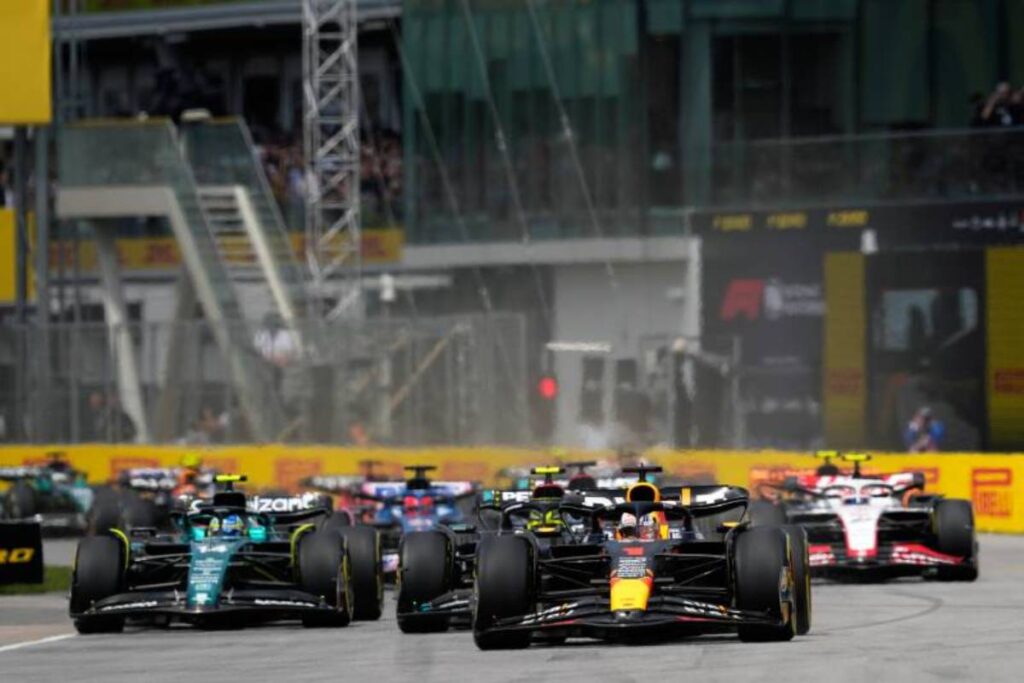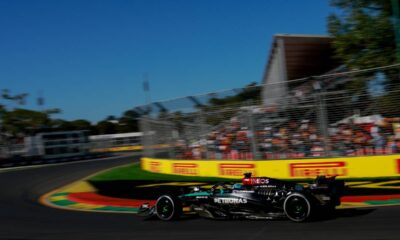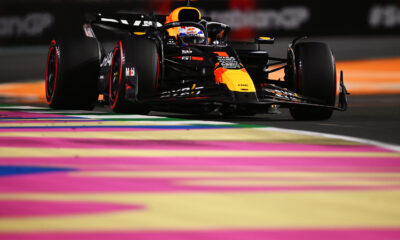Motorsport
The city circuit again! Madrid to be the new host of the Spanish GP in 2026, sustainability and accessibility top of the agenda
After seven and a half decades at the heart of Formula 1, Europe has been waiting for a new purpose-built circuit for the queen of motorsport for more than three decades. In 2026, that wait will come to an end. A new track in the Spanish capital of Madrid will enter the calendar.

After seven and a half decades at the heart of Formula 1, Europe has been waiting for a new purpose-built circuit for the queen of motorsport for more than three decades. In 2026, that wait will come to an end. A new track in the Spanish capital of Madrid will enter the calendar. As with Miami, Las Vegas and Jeddah, F1 will visit the city’s circuit, this time weaving its way through the local exhibition centre. In the words of F1 boss Stefano Domenicali, Madrid and its host destinations represent a major step towards the future 100% sustainability of the sport.
Formula 1 likes city circuits!
There is no doubt that Formula 1 has grown very fond of the charm of urban circuits over the past many years. So much so that we have to go aFormula 1 likes city circuits!ll the way back to 2012. That was the last time, they unveiled a brand new permanent circuit in Austin, USA, built specifically for the purpose of grand prix racing.
In the case of Europe, a continent that we still consider the birthplace and centre of F1, we are talking about 1991. It was in that year that they built the circuit near Barcelona. Which has since become a traditional stop on the Spanish Grand Prix circuit.
In 2026, however, this tradition will come to an end. The Spanish Grand Prix will move to a circuit whose type is not out of line with the trend that F1 follows when choosing new race tracks.
Barcelona will be replaced by the streets of Madrid. Around whose IFEMA exhibition centre the 5.4km, 20-turn urban circuit will be centred. This confirms almost two-year-old reports of a possible grand prix in the Iberian-dominated national capital.
Similar to Miami, the Madrid circuit is a hybrid of urban sections and sections that will grow on open space. The circuit is projected to have a capacity of around 110,000 spectators. On race day, that number could expand to 140,000.
Domenicali: Europe remains interested in F1 despite Madrid. Barcelona is not out of the picture
Madrid, however, is most appealing in conjunction with Formula 1’s long-term plans for its own sustainability and the accessibility of the venue to all who visit.
Local public transport conveniently brings most spectators to the venue. It will host the Spanish Grand Prix in two years’ time. The airport, five minutes from the exhibition centre, is also expected to be a significant advantage for fans travelling to the circuit.
F1 boss Stefano Domenicali highlighted all these advantages. In a post on F1’s official website, the Madrid project is proof to the 58-year-old Italian that Europe remains committed to investing in the queen of motorsport. “Madrid has presented a fascinating project. Once again it just shows the great interest of the whole world in our sport. Especially at a moment when Europe is sometimes perceived as not being ready to invest in F1. Madrid and others show that this is the case.”
While Madrid’s progressive attitudes and goals are commendable. The potential loss of an established circuit near Barcelona would represent a noticeable blow to the entire Formula One calendar. Especially with fans who have made many memories during its time in the series.
However, Domenicali suggests that there may be room for both circuits from 2026 onwards. “The fact that we welcome Madrid does not rule out staying in Barcelona. Negotiations are currently underway to discuss the possibility of extending our collaboration with Barcelona, with whom we have a very good relationship.”
Source: F1, X












